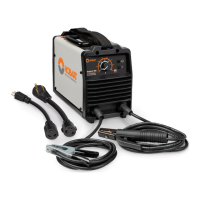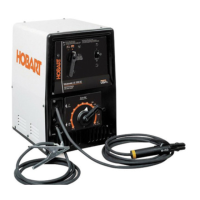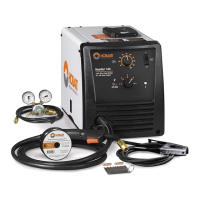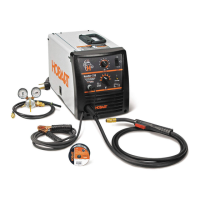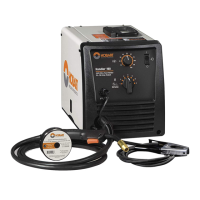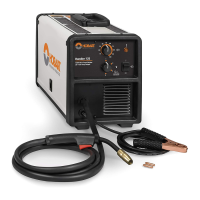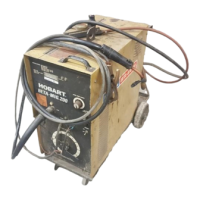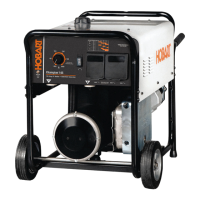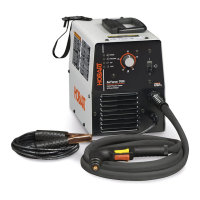What to do if Hobart Stickmate 160i has no weld output and high temperature light is on?
- GGerald BellJul 29, 2025
If your Hobart Welding System's high temperature light is on and there's no weld output, it's possible the unit overheated, triggering a thermal shutdown. Allow the unit to cool down with the fan on. You might also need to reduce the duty cycle or amperage. Also, ensure that there's no blockage restricting airflow to the unit.
